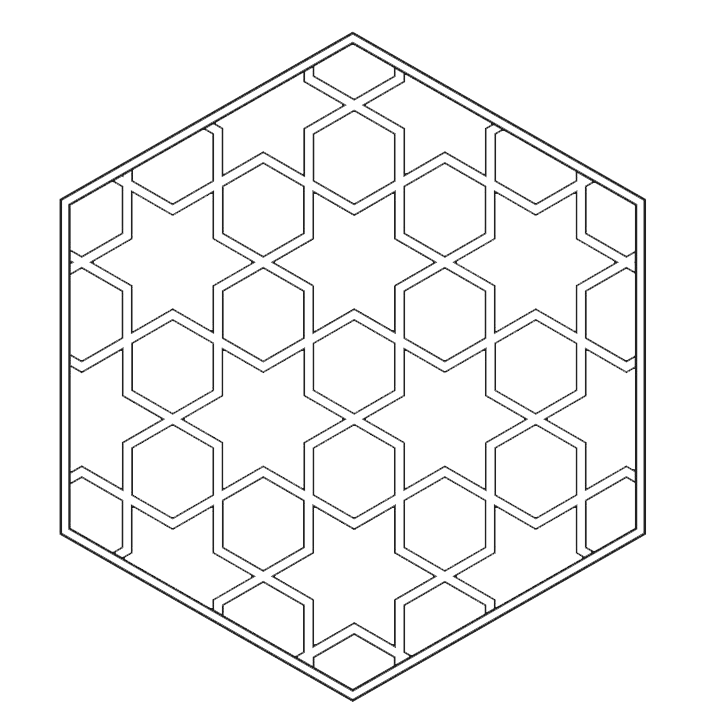Team
Mariam Ibrahim, Heba Safwat, Jeff Walls
Goal
To design and create an interactive application that will serve as an investigation into the process of perception, as well as a research tool. The application will help to codify and make tangible elements of the process of perception with the goal of stimulating and furthering dialogue and understanding of perception across cultures. The application aims to help users develop a more advanced awareness of how their perceptions are formed and thereby increase the ability to form discerning and informed opinions in an increasingly sensationalistic and saturated media environment.
Issue
As Gabr Fellows, the team recognized that the interactions and experiences offered by the program altered not just their perceptions of East and West, or Egyptian and American cultures, but also their understanding of how those perceptions were formed. The project draws from conversations among the Fellows during and after the Egyptian leg of the program, especially in regards to the way the political unrest in Egypt was depicted in the media.
The team understands that perception is a malleable and fallible process that, both consciously and unconsciously, shapes how we view the world around us. Despite what we may consciously believe or express, perceptual bias and emotion play a huge role in the human experience; a role that is often poorly understood and rarely addressed in full. Increasing awareness and understanding one's perceptive process are important steps in furthering dialogue between cultures and people, and this project seeks to provide a forum for informed discussion on this topic.
“Re:Perception aims to help users develop a more advanced awareness of how their perceptions are formed and thereby increase the ability to form discerning and informed opinions in an increasingly sensationalistic and saturated media environment.”
1. Perception and Dialogue
Project This project is centered around the creation of an interactive application that will serve two primary purposes. First, it will act as a creative exercise to evoke a deeper awareness and understanding of perceptive processes among users of the application. Second, it will act as a means of passively collecting data about how users respond to different written and visual cues, which will then serve to provide objective insights about how perception works, how certain symbols and words can evoke strong responses among users, and how the realities of perception can differ from assumptions.
